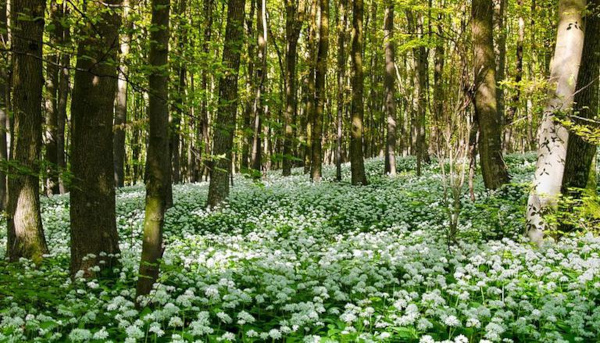India witnessed on Saturday the inauguration of its “highest” herbal park, at Mana in Uttarakhand’s Chamoli district. The main aim of the herbal park, according to Sanjiv Chaturvedi, Chief Conservator of Forests (Research), is to “conserve various medicinally and culturally important alpine species, and facilitate a study on the propagation of these species, as well as their ecology.”
Here’s all you need to know about this park:
(1.) It is built at a height of 11,000 feet and is adjacent to the famous Badrinath temple in Mana, which is the last Indian village in Chamoli bordering China.
(2.) The land for the project, which is spread over three acres, was provided by the Mana Van panchayat under the Union government’s Compensatory Afforestation Fund Act (CAMPA). The research wing of the forest department of the Uttarakhand government has developed the park.
(3.) Around 40 species of herbal plants found in high alpine areas in the Himalayan region are conserved in this park. Many of these are included in the “red list” of the International Union for Conservation of Nature (IUCN), and declared “endangered and threatened” by the State Biodiversity board as well.
(4.) The park is categorised into four sections. While the first section is dedicated to species associated with Badrinath (Lord Vishnu), the second is for “Ashtavarga” species, which is a group of eight herbs found in the Himalayas.
(5.) The third section houses herbs belonging to the Saussurea species, while the fourth consists of assorted alpine species.
(6.) Some major herbs found in each of the four sections are as follows: “Badri Tulsi,” “Badri Ber,” “Badri Tree” etc. in the first section; “Riddhi,” “Vriddhi,” “Jeevak,” “Rishbhak,” “Kakoli,” “Ksheer Kakoli,” “Maida” and “Maha Maida” in the second; “Brahmakamal,” “Phemkamal,” “Nilkamal” and “Koot” in the third and “Ateesh,” “Meethavish,” “Vankakdi” and “Choru” in the fourth section.
(7.) Among these, “Brahmakamal” (Saussurea Obvallata) is the state flower of Uttarakhand.
You may also like
-
New Heat-Based Approach To Cancer Treatment Can Reduce Chemotherapy Doses
-
Scientists Take A Major Step Towards Unification Of Classical & Quantum Gravity
-
India Graphene Engineering and Innovation Centre (IGEIC) Under the Vision of Viksit Bharat@2047 Launched
-
New High-Performance Gas Sensor can Monitor Low Level Nitrogen Oxides Pollution
-
Antidepressant Drug can be Repurposed for Treating Breast Cancer
